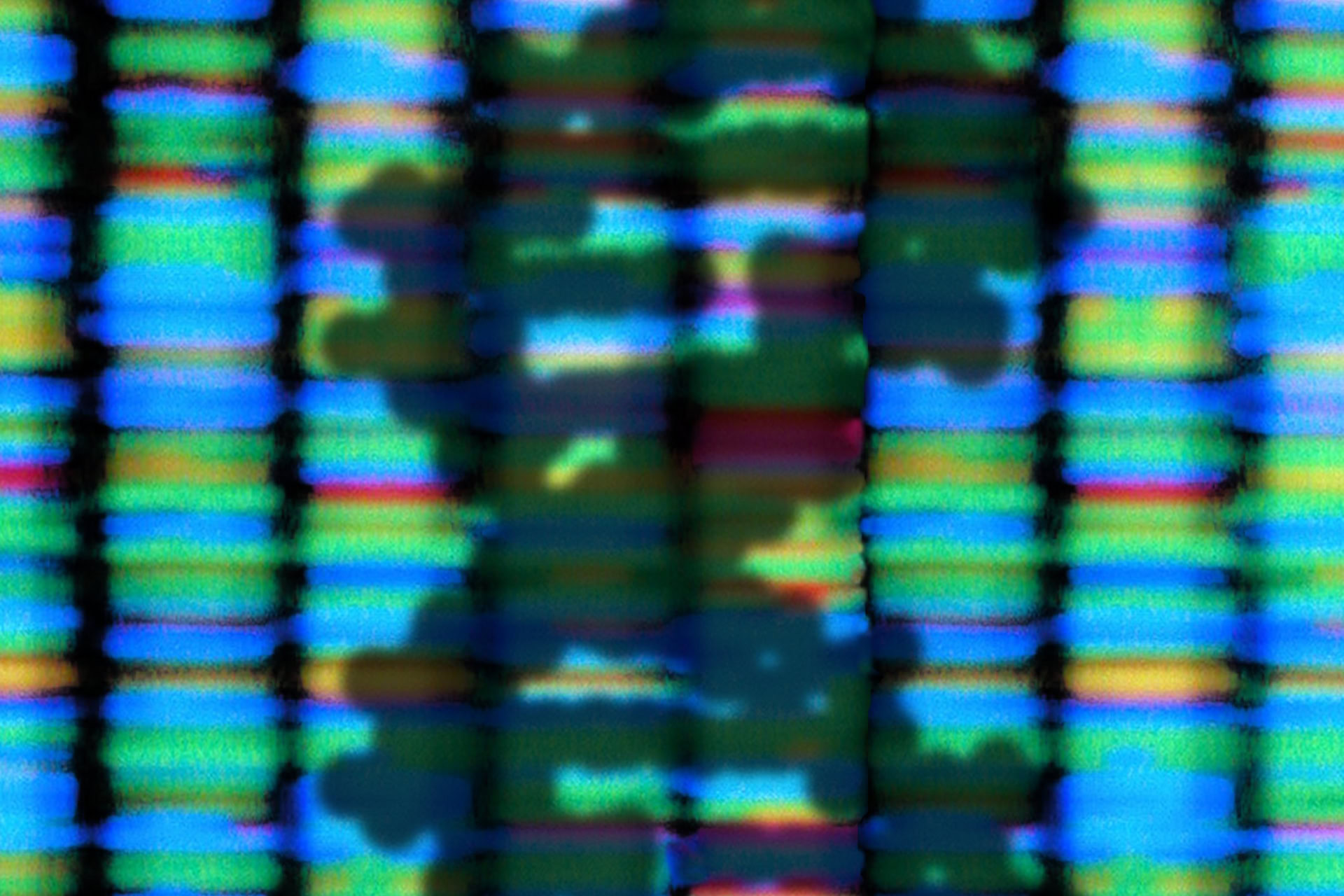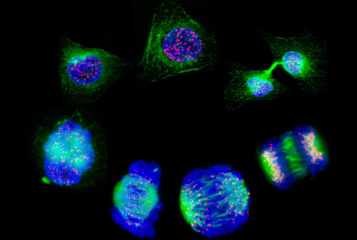Researchers in the US have developed a new CRISPR genome editing approach for making much larger edits to the genome.
The newly identified CRISPR/Cas3 system is similar to pre-existing CRISPR/Cas9 system, but can make larger and more reliable changes to DNA. The discovery has potentially vast implications for genome editing applications, such as gene therapy and genetic engineering in agriculture.
'Cas3 is like Cas9 with a motor – after finding its specific DNA target, it runs on DNA and chews it up like a Pac-Man,' explained lead author Dr Joseph Bondy-Denomy, of the University of California San Francisco.
CRISPR/Cas protein systems are an ancient mechanism of immunity found in bacteria, which evolved to destroy invading DNA from viruses known as bacteriophages. Since its discovery, CRISPR has revolutionised the capabilities of genome editing – and it recently earnt Professors Jennifer Doudna and Emmanuelle Charpentier at the University of California the Nobel Prize in Chemistry (see BioNews 1067). Most commonly, the system involving protein Cas9 is used for genome editing.
The current study, published in Nature Methods, compared the mechanisms of Cas3 and Cas9 proteins across several species of bacteria. The results showed that whereas Cas9 is able to make small, pin-pointed edits to DNA, Cas3 has the capacity to delete large swathes of genetic information with near 100 percent efficiency. Unlike Cas9, the researchers found that once bound to its target site Cas3 was able to move along a single DNA strand in both directions – degrading DNA in the process. In some experiments, Cas3 could delete as many as 100 bacterial genes at once.
Dr Bondy-Denomy compared the mechanism of Cas3 with Cas9: 'About ten times as many bacterial species use a Cas3 system as use a Cas9 system. It may be that Cas3 is a better bacterial immune system because it shreds (bacterio)phage DNA.'
After deleting target DNA sequences, CRISPR/Cas systems can be programmed to repair the damage with a replacement sequence. There have been concerns in the field over the specificity of Cas9 repair, which could lead to unwanted side effects elsewhere in the genome. However, the study revealed that Cas3 repairs DNA with greater specificity than Cas9, and could insert bigger sequences such as whole genes. This may make Cas3 a useful tool for gene therapy.
The research team also hope these findings will advance understanding of lesser studied microbes. Dr Bondy-Denomy and his team commented that prior to Cas3, 'there was no easy and reliable way to delete very large regions of DNA in bacteria for research or therapeutic purposes.' He added: 'Now, instead of making 100 different small DNA deletions we can just make one deletion and ask, "What changed?"'





Leave a Reply
You must be logged in to post a comment.